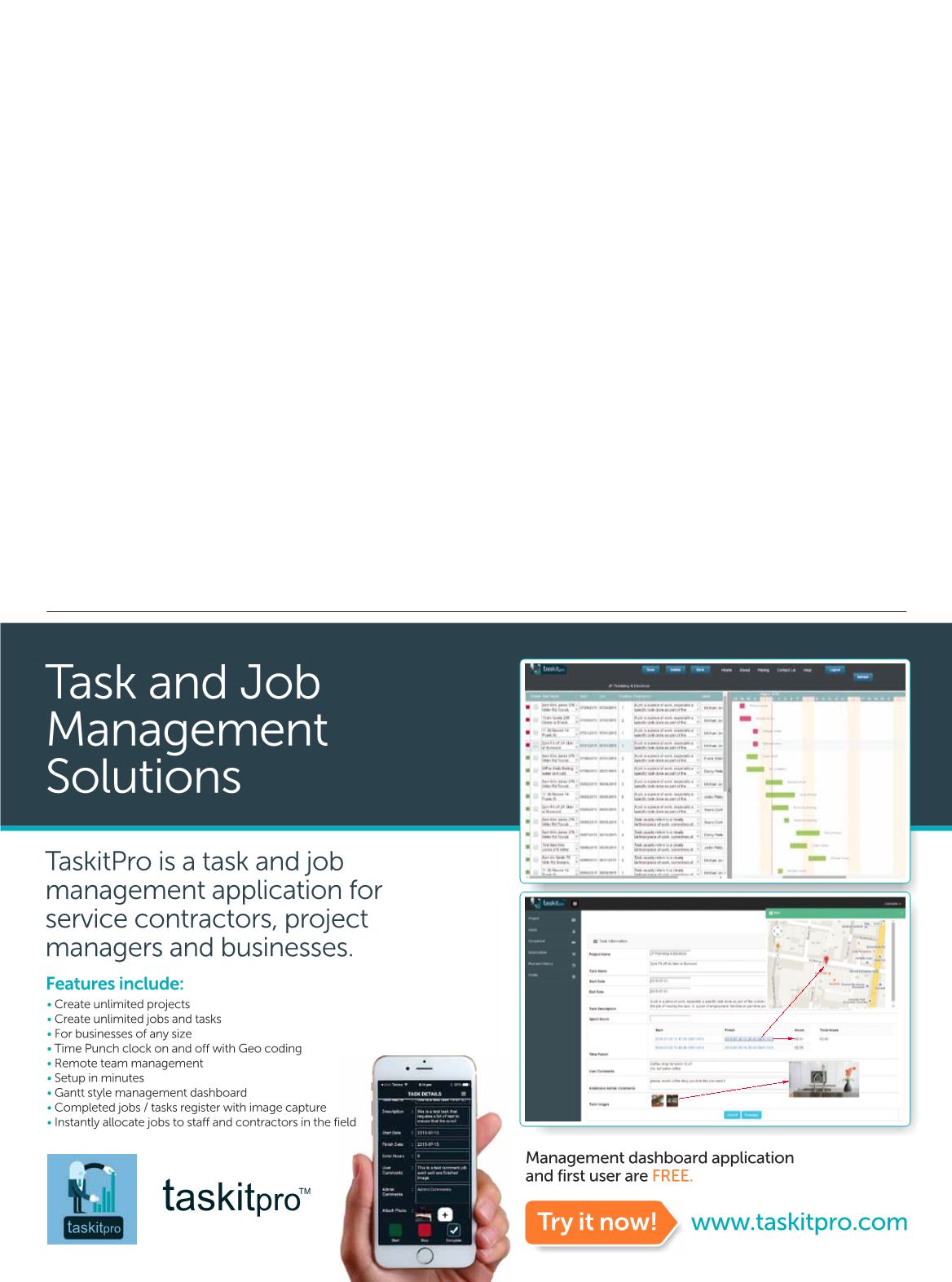

P L UMB I N G CO N N E C T I O N
S P R I N G 2 0 15
1 0 7
and it is important to take advice
because the stakes are high if you get
it wrong. Let us begin by looking at the
taxation of superannuation entities.
WHAT ARE THE TAX RATES
THAT APPLY TO SELF-MANAGED
SUPERANNUATION FUNDS?
If the self-managed superannuation
fund is a complying fund, then it
will pay tax at 15% on the low tax
component comprising income,
including realised capital gains and
assessable contributions. But that
rate will increase to 47% in respect
of all non-arms length income. On
the other hand, if the superannuation
fund is a non-complying self-managed
superannuation fund, then it will be
taxed at 47%.
Where the self-managed
superannuation fund is in retirement
phase and is paying a current pension
or is in the transition to retirement
phase, then complying self-managed
superannuation funds are exempt
from tax on so much of their income
as is derived from assets used to
pay current pensions. The exemption
only applies to income earned once
the pension has become payable.
The exemption does not apply to
assessable contributions or to
non-arms length income of the fund.
CAPITAL GAINS TAX
Special rules govern the way in
which the Capital Gains Tax (CGT) rules
apply to self-managed superannuation
funds. A complying self-managed
superannuation fund is entitled to a
one third discount on the capital gain
if the CGT asset has been held for at
least 12 months. If the CGT asset was
acquired before 21 September 1999
and held for at least 12 months, then
the self-managed superannuation fund
can choose to use either the one third
discount or the indexation method to
calculate the amount of the CGT.
THE TAXATION OF SUPERANNUATION
BENEFITS
The taxation breaks do not end
there and in fact you must examine
the taxation of superannuation
benefits provided by a self-managed
superannuation fund. The tax liability
will depend upon the age of the
recipient and whether the benefit is
provided by way of a lump sum or an
income stream.
For recipients who are 60 years
and over, a lump sum and an income
stream from a taxed source within the
superannuation fund will be treated as
not assessable and not exempt.
If the age of the recipient is between
the preservation age and 59 years of
















